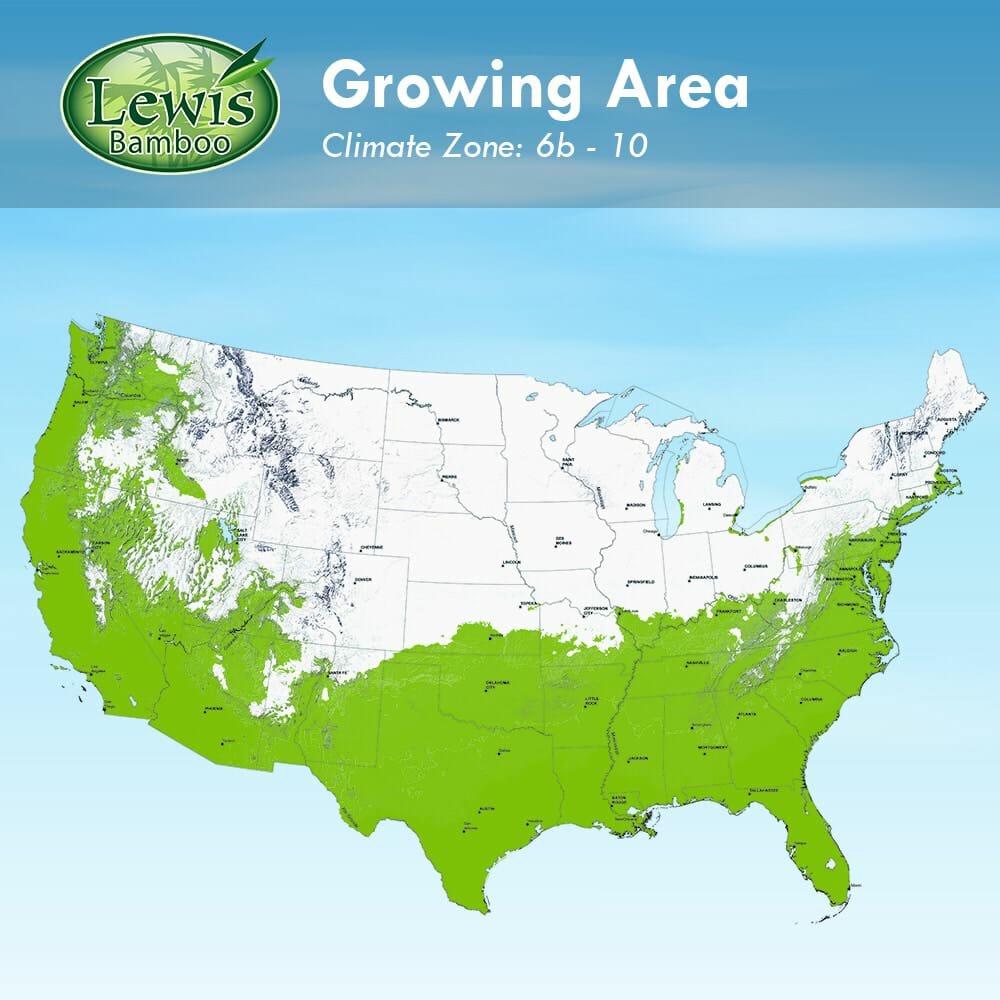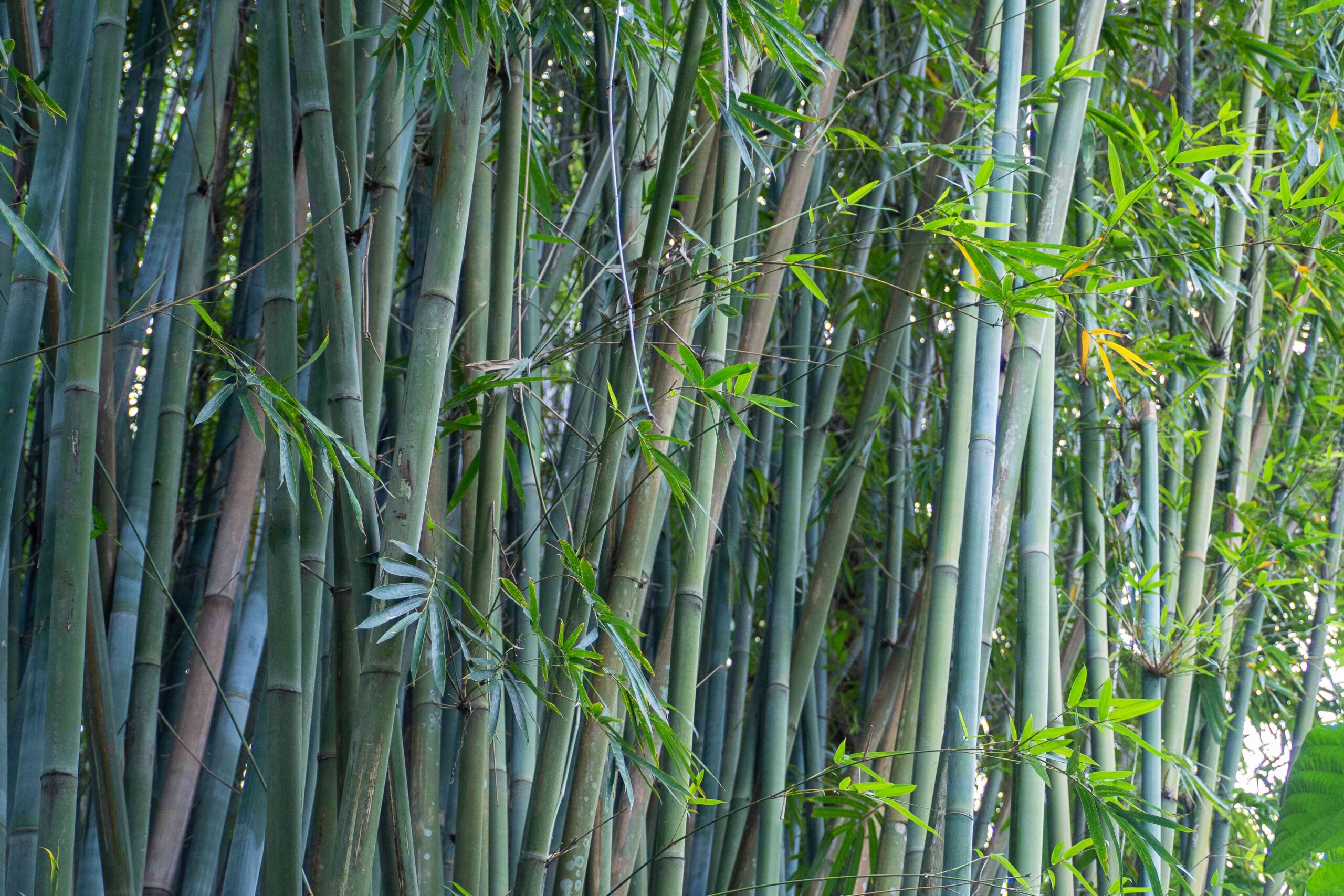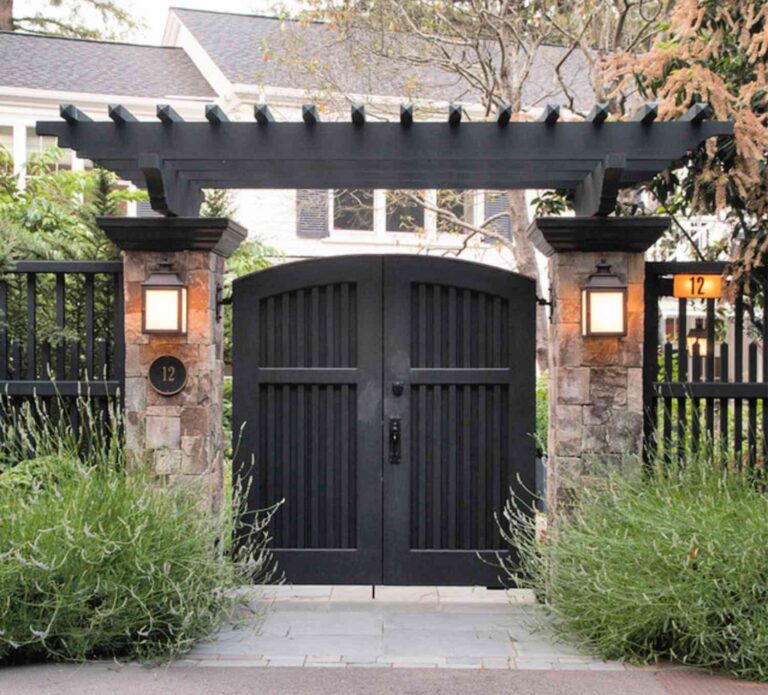What Is The Best Climate For Growing Bamboo?
Bamboo is a type of grass that is known for its hardiness and versatility. It can be grown in a variety of climates, from tropical and subtropical to temperate and even cold climates. However, the best climate for growing bamboo is one with moderate temperatures, abundant rainfall, and plenty of sunshine. Bamboo prefers climates with warm days and cool nights, as well as moist, well-drained soils. In areas with extreme temperatures or too much or too little precipitation, bamboo growth may be inhibited or stunted. With the right climate, however, bamboo can be a hardy and attractive addition to any landscape.
Overview of Climate Conditions for Bamboo Growing
Bamboo is a versatile, fast-growing, and resilient plant that can be found in many climates around the world. This hardy plant has become a popular choice for urban gardens, farms, and other outdoor spaces. To successfully grow bamboo, it is important to understand the climate conditions that are best for the species. This blog post will provide an overview of the ideal climate conditions for growing bamboo, along with tips on how to create a suitable environment for this amazing plant.
Bamboo thrives best in a warm, humid climate with plenty of sunshine. It is important to ensure that the area around the bamboo plants is well-drained and not prone to flooding. Bamboo is a tropical plant and prefers temperatures between 65-90°F (18-32°C). It should be noted that some species of bamboo can tolerate colder temperatures, but they must be protected from frost.
In addition to the temperature, the air humidity of the area is also important for successful bamboo growth. The humidity should remain between 50-70%. Areas with lower humidity may cause the bamboo to dry out and become brittle. The soil should also be kept slightly moist, but not wet.
Finally, the amount of sunlight is also important for bamboo growth. Bamboo prefers full sun, but some species can tolerate partial shade. When selecting a site for bamboo, it is important to consider the amount of sunlight that the area receives.
With the right climate conditions, bamboo can be a successful and rewarding addition to any garden. By understanding the ideal temperature, humidity, and sunlight requirements for bamboo, gardeners can create an environment that will ensure the success of their bamboo plants.
Temperature Requirements for Bamboo Cultivation
Bamboo is an interesting and versatile plant that is becoming increasingly popular in many climates. Bamboo can be grown in a variety of climates and soil types but the most successful cultivation of bamboo is achieved in climates with higher temperatures and humid environments. Bamboo thrives best when the temperature ranges from 68 to 86 degrees Fahrenheit with high humidity levels. In colder climates, it is important to have a warm sheltered area to ensure proper growth and health.
Bamboo plants also require adequate water and fertilizer, as well as a steady supply of sunlight to reach their full potential. Without proper care, bamboo will not reach its full height or girth potential. Generally, bamboo grows best in soils that are slightly acidic and fertile. This type of soil is beneficial for the bamboo’s root system and helps to promote healthy growth.
To achieve the best climate for growing bamboo, it is important to understand the temperature and other requirements. The ideal temperature for bamboo growth is between 68 and 86 degrees Fahrenheit with high humidity levels. To ensure maximum growth, bamboo plants should be fertilized regularly and provided with a steady supply of sunlight and water. Additionally, the soil should be slightly acidic and fertile for optimal growth. With the right climate and adequate care, bamboo can be a successful and rewarding addition to any garden.
Light and Sun Requirements for Bamboo Growth
Bamboo is an incredibly versatile and resilient plant, but it needs the right environment to thrive. When it comes to light and sun requirements for bamboo growth, understanding the species is essential. Different bamboo species have varying light and sun requirements, so it’s important to research the best climate for the specific bamboo species you wish to grow.
In general, bamboo prefers semi-shaded or dappled light conditions. Full sun is usually too harsh, especially for young bamboo shoots, so it is wise to provide partial shade. However, some species, such as Phyllostachys bambusoides, prefer full sun. The amount of light and sun required will also depend on the climate and environment bamboo is growing.
When it comes to temperatures, bamboo does best in warmer climates. In colder climates, a thick layer of mulch is essential for insulation and will help protect the roots from freezing temperatures. Bamboo also requires regular moisture and will do best with frequent watering and irrigation.
Understanding the light and sun requirements for bamboo growth is essential to ensure successful bamboo cultivation. Researching the particular species you wish to grow and providing the correct environment and climate will help ensure healthy and productive bamboo plants.
Optimal Soil Conditions for Bamboo Cultivation
For bamboo to thrive, optimal soil conditions are essential. Bamboo grows best in well-drained, moist soils that are rich in organic matter. The soil should be slightly acidic, with a pH between 5.5 and 6.5. To achieve this pH level, adding lime or sulfur to the soil may be necessary. Bamboo also prefers soil with a good level of potassium and nitrogen. Furthermore, it is important to ensure that the soil is not too compacted to allow for adequate drainage and root aeration.
When cultivating bamboo, it is important to consider the soil’s drainage capacity. Bamboo cannot tolerate standing water and therefore requires well-draining soil. Bamboo also requires regular watering, so it is important to ensure that the soil is not too sandy, as this would make it difficult to retain moisture. Additionally, soil amendments such as compost can help to improve the soil’s drainage capacity.
To ensure that the soil is suitable for bamboo cultivation, regular soil tests should be conducted. Regular soil tests can help to identify any deficiencies in soil nutrients and pH, allowing for timely corrective action. Additionally, soil tests can provide insight into the soil’s drainage capacity and texture, allowing for any necessary amendments to be made to ensure optimal cultivation conditions.

Humidity Requirements for Bamboo Growth
Growing bamboo requires a climate that is both humid and tropical. Bamboo is a versatile species that can grow in a variety of climates, but it prefers climates with high humidity and temperatures ranging from 50-95°F (10-35°C).
High humidity is essential for the growth of bamboo because it helps to keep the soil moist and prevents the bamboo from drying out. The best climates for growing bamboo will be those that are constantly humid and temperatures remain relatively consistent throughout the year.
The ideal climate for growing bamboo is one with warm summers and mild winters. Areas that experience frequent rainfall or those near bodies of water are also suitable for bamboo growth. When caring for bamboo, it is important to pay attention to the humidity levels in the environment. It is recommended to keep the humidity levels between 40-70% for optimal growth.
Bamboo is an amazingly resilient plant and can be grown in a variety of climates. Those looking for the ideal climate for growing bamboo should look to warm, humid climates with consistent temperatures. Paying attention to the humidity levels and keeping them between 40-70% is essential for healthy bamboo growth. With the right conditions, bamboo can make an attractive addition to any home or garden.
Nutrient Requirements for Bamboo Cultivation
Bamboo is a versatile and resilient plant that has been used for centuries in a variety of applications. However, growing bamboo requires knowledge of the right climate to thrive. Bamboo is sensitive to temperature and humidity, and the ideal climate for growing bamboo is dependent on the species. While some species prefer warm climates, others need cooler climates.
In addition to climate, the nutrient requirements for successful bamboo cultivation must also be taken into account. Bamboo requires nutrient-rich soil with a balanced pH level and adequate drainage. Bamboo is a heavy feeder, so it needs a soil rich in nutrients such as nitrogen, phosphorus, and potassium. The soil should also be well-drained and have a neutral pH level.
When growing bamboo, it is important to ensure that enough water and sunlight is available for the plants. Bamboo prefers moist soil and adequate sunlight, but too much water or not enough sunlight can cause the plant to weaken and die. Additionally, fertilizers may be necessary to ensure that the plants have a steady supply of nutrients.
By understanding the necessary climate and nutrient requirements for successful bamboo cultivation, you can ensure that your plants will grow and thrive. With the right climate and nutrients, you can successfully grow bamboo and enjoy the many benefits that it provides.
Pest Control for Bamboo Cultivation
Bamboo is a remarkable plant species known for its ability to thrive in a wide variety of climates. Depending on the variety, bamboo can grow in tropical, subtropical, and temperate climates. To ensure successful growth and pest control, it is important to understand which climate is best suited for growing bamboo.
To control pests, it is important to understand the general climate in which bamboo is expected to grow. In tropical climates, the weather is generally hot and humid with temperatures ranging from 75-85°F (24-29°C). Bamboo tends to thrive in these conditions and can reach full height and width within three years. In subtropical climates, temperatures are slightly cooler, ranging from 65-75°F (18-24°C). Bamboo also grows well in these climates, reaching full maturity within five years or so. On the other hand, temperate climates are generally cooler, with temperatures ranging from 45-65°F (7-18°C). Bamboo tends to take longer to reach maturity in these climates, usually eight years or more.
For effective pest control, it is essential to understand the climate in which bamboo is expected to grow. This knowledge will help determine the type of pest control methods that must be used to ensure successful growth. Additionally, it is important to use an integrated pest management approach to ensure that the bamboo is not overwhelmed with one particular type of pest. With the right knowledge and pest control methods, bamboo can be successfully grown in any climate.
FAQs About the What Is The Best Climate For Growing Bamboo?
1. What is the ideal temperature for growing bamboo?
Answer: The ideal temperature for growing bamboo is between 65-85 degrees Fahrenheit.
2. What types of climates are best for growing bamboo?
Answer: Bamboo grows best in warm, humid climates, such as those found in tropical and subtropical regions.
3. Is there a minimum amount of sunlight needed for bamboo to grow?
Answer: Yes, bamboo needs at least 6-8 hours of direct sunlight per day to thrive.
Conclusion
Overall, the best climate for growing bamboo is one that is warm and humid with lots of rainfall. Bamboo plants can tolerate a wide range of temperatures, but they prefer temperatures that stay between 65°F (18°C) and 95°F (35°C). Bamboo also does best in soils that are moist and well-drained, with plenty of organic matter. Bamboo requires frequent watering and should be fertilized regularly to promote healthy growth. With the right climate and care, bamboo can be an attractive and useful addition to any garden.




